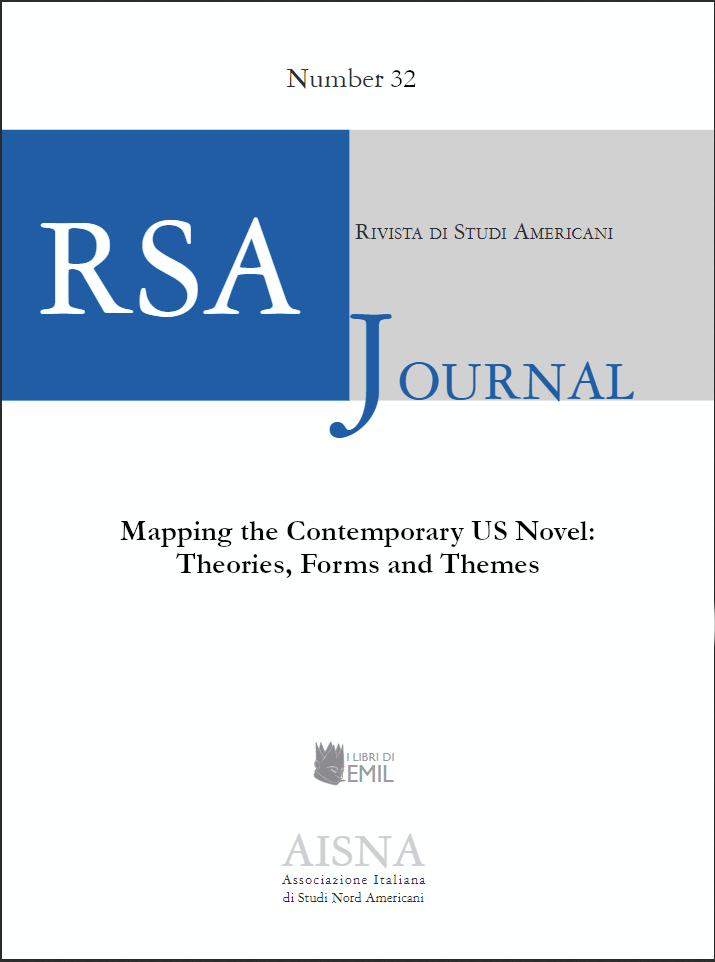Narrating the Nuclear Armageddon
The Atomic Menace in the US Popular Culture of the 1980s
DOI:
https://doi.org/10.13135/1592-4467/8471Keywords:
nuclear war, Armageddon, atomic menaceAbstract
During the 1980s, the idea that a nuclear war could materialize led not only to an unprecedented antinuclear mobilization in the US and Europe and to a public conversation on these themes, but also to a series of cultural initiatives designed to alert public opinion and politicians to the atomic peril. In this political and social context, key cultural moments can be detected in the book Fate of the Earth, in the initiatives that revolved around the Nuclear Winter Scenario, and in the TV movie The Day After. Using primary sources and through an historical approach, this article aims at analyzing how these cultural products described the consequences of a nuclear war on the planet, highlighting also the environmental costs of a nuclear war, and their impact on US public opinion and media. Moreover it discusses how the scheduled airings of The Day After in 1983 became the arena for a political and media clash between the Ronald Reagan Administration and the antinuclear movement, since both actors indeed tried to exploit the film to influence public opinion on US nuclear posture.
Downloads
Published
Issue
Section
License
RSAJournal will apply a CC BY 4.0 license to all its contributions starting with issue 37 (2026). Previous issues are licensed under a CC BY-NC-ND licence.





